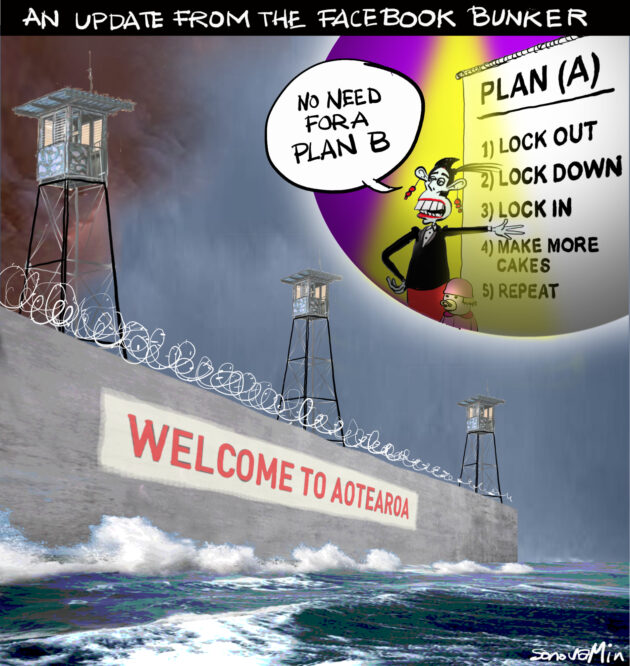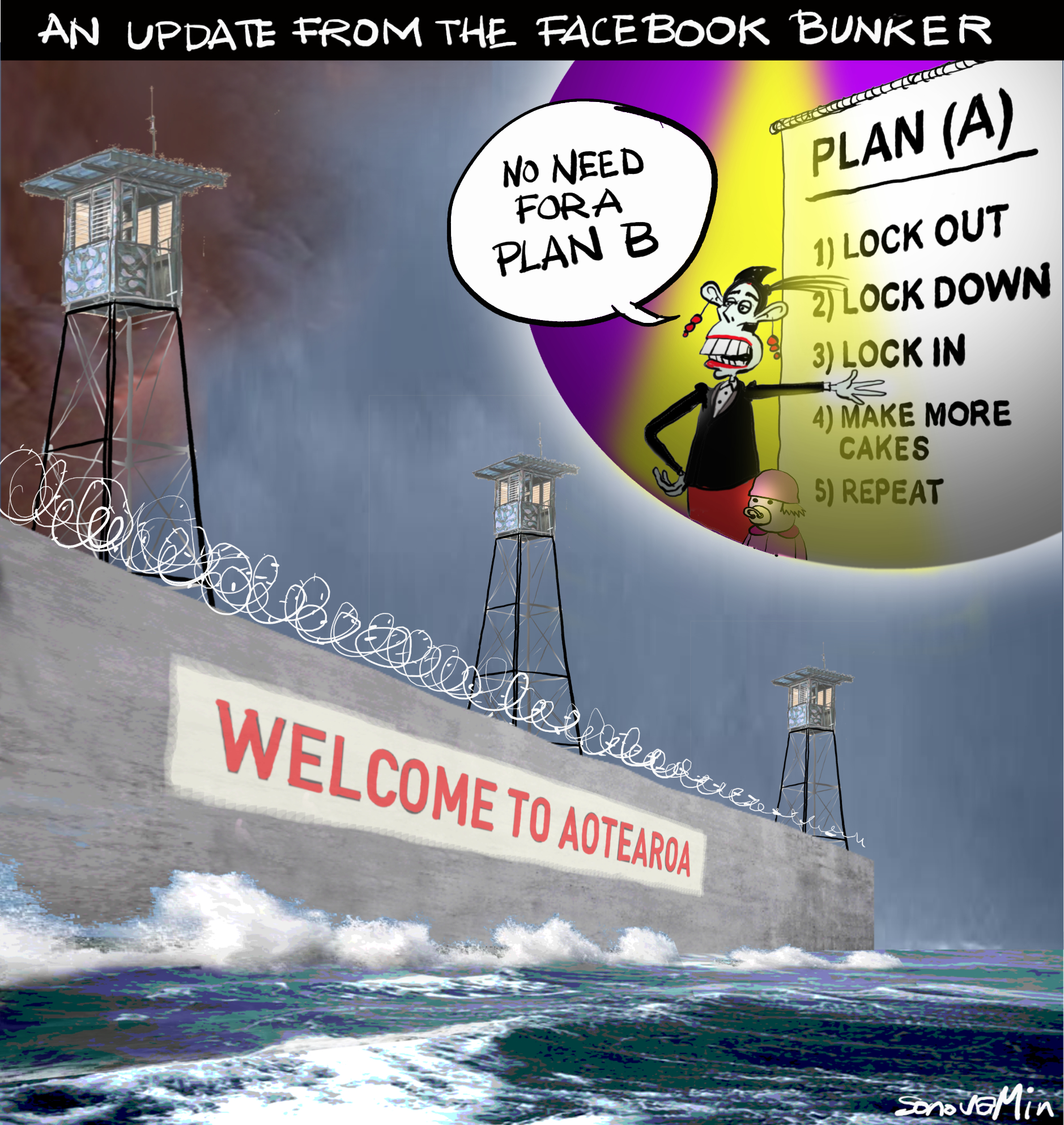Barbara McKenzie
stovouno.org
Barbara McKenzie has a PhD in German Literature.
On Wednesday it was revealed that a weekend visitor to Wellington from Sydney, who had presumably taken advantage of the ‘bubble’ that has been created between New Zealand and Australia, ‘tested positive’ when he returned home.
We are told that the Ministry of Health has identified more than a dozen locations of interest, mostly eateries and tourist locations, as being visited by the Covid-positive Australian man and his partner. Apparently, up to 2500 people visited Te Papa around the time he attended. Those who used the bathroom at 4 Kings Bar at 8.45 pm on Saturday are being asked to quarantine for 14 days and get tested immediately.
Now according to the Ministry of Health’s own website, the pcr test, which was presumably the one used, cannot show whether a person is infectious:
What the Test Results Can and Cannot Tell Us
Even when we take the uncertainties of testing into account, the results can tell us a few things.
A positive test tells us that a person either has COVID-19 (whether they have symptoms, or not) or has had COVID-19 recently. We may not be able to distinguish whether the person is currently infectious or not so we will take a precautionary approach.
A positive test cannot tell us:
- if the person is currently infectious
- how ill the person is likely to become.
The inventor of the pcr test, Kary Mullis, always insisted that it should not be used for diagnostic purposes.
Furthermore, there is doubt whether the test picks up exclusively SARS CoV-2 residue, and not that of other coronaviruses, such as the common cold. In fact authorities in New Zealand and around the world have failed to show, in response to freedom of information requests, that the virus has been isolated. Evidence that the ‘deadly Delta variant’ has been isolated or its symptoms defined is proving very hard to locate.
Nobody seriously expects a wave of death or hospitalisations to follow from his contacts, any more than when ‘cases’ escape from quarantine, or a plane arrives with a passenger who tests positive on arrival. No-one expects deaths of the ‘deadly, infectious virus’ amongst the 2500 people who were at Te Papa at the same time. Nobody expects the alleged carrier himself to be ill at all, let alone hospitalised.
No matter. Experts, including Otago University Professor of Public Health Nick Wilson, called for increased measures against covid, including
- Working from home as much as possible for all non-essential workers;
- Consider temporarily closing all potential super-spreading settings (such as cafés, restaurants, bars, night clubs and gyms);
- Introduce mandatory QR code scanning for the above named potential super-spreading settings if they are not closed;
- Consider cancelling indoor events with more than 20 people;
- Extension of mask mandates.

The government, supported by the opposition, soon ratcheted up the state of emergency. ‘Alert Level 2’ measures were put in place for the whole of the greater Wellington region, including the Wairarapa and Kapiti Coast to the north of Otaki. Level 2 measures came in at 6 pm Wednesday evening, will be in place for four days while testing and contact tracing is underway, and then reviewed by Cabinet on Sunday.
Alert Level 2
Alert Level 2 means limits on the size of gatherings to 100 people. Gatherings pose the biggest risk of spread, so this includes weddings, birthdays, funerals, tangi and church services.
It means social distancing: 2 metres in public places, and in retail stores like supermarkets and clothes shops, and at least 1 metre in most other places like workplaces, cafes, restaurants and gyms.
Face masks remain compulsory on all public transport. […]
Businesses can open but must follow public health rules, including ensuring physical distancing, record keeping and the cap of 100 people. Schools and ECE services also remain open. Hospitality venues can open but must apply the three S’s – Seated, Separated, and Single Server.
All these rules are accompanied by exhortations to take measures which are presumably voluntary.
I encourage people to also wear their masks while waiting for public transport, and in taxis and rideshare services.
I also ask that people wear a face covering in any situation where physical distancing is not possible. […]
If you are sick, please stay at home; don’t go to work or school and don’t socialise. If you have symptoms of a cold or flu, or aches and pains, call your doctor or Healthline and ask about getting tested.
Keep track of where you’ve been at all times. This case is a reminder of the need to use the COVID Tracer App and maintain an accurate record of your movements.
Being at Level 2 for a few days will not greatly inconvenience a lot of people, though it will be very hard on anyone who has organised a big wedding for this weekend. They do serve however, to heighten the fear, firstly of the disease for those who are genuinely concerned about it, and secondly of further measures such as another lockdown. The government measures can therefore be seen as a muscle-flexing exercise. And of course a spate of testing will mean more bogus ‘cases’, justify more measures to limit people’s freedom to move and meet, and provide a greater incentive to comply.
Please share so others can discover The BFD.

